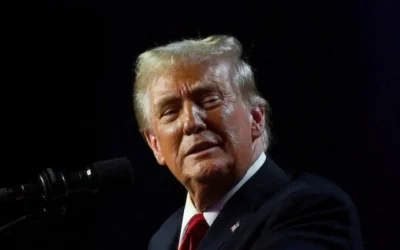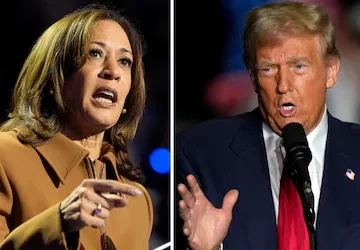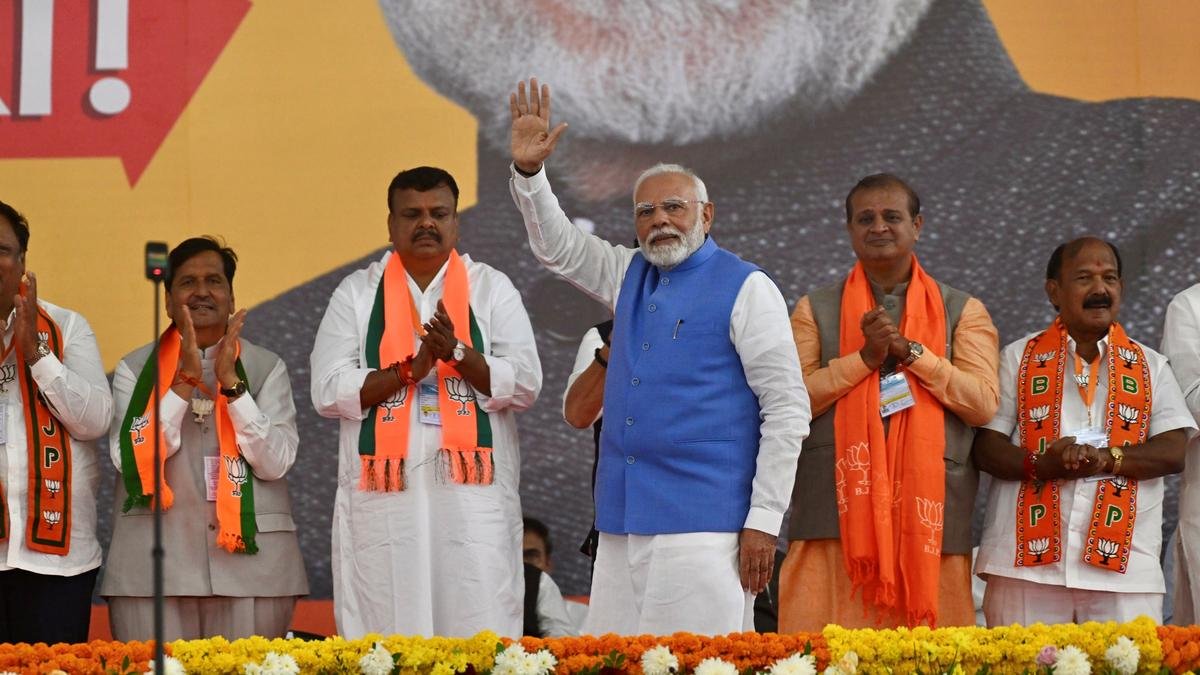Each candidate must secure the numerous electoral vote combinations from the states to pave their unique route to reach the magic number of 270. Let’s delve into what each contender must achieve and keep an eye on during this electoral process.
The US election outcome appears to be in favor of Donald Trump, the Republican nominee, as votes continue to be tallied. The pivotal factor to monitor is the number of electoral college votes obtained by each candidate, a distinctive feature of the US political landscape. Let’s delve into the reasons and mechanisms behind this potential scenario.
What is the significance of aiming to secure 270 electoral votes?
While American citizens cast their votes for presidential candidates in polling stations, the direct election of the President does not occur. Instead, the outcome of their votes determines the preference of Electoral College “electors” in each state, influencing the final decision on who will be elected.
In the United States, each of the 50 states, along with the District of Columbia (DC), designates a group of electors comprising party officials, supporters, and activists. The allocation of electors is proportional to the population of the state, with more populous states having a higher number of electors. Upon winning the majority of votes in a state during the elections, the winning candidate’s party earns the privilege to select electors to represent them in the Electoral College. Subsequently, in December, these electors from various states convene to vote and formally elect their party’s chosen candidate.
To win in the US Electoral College, a candidate needs to secure a majority of the total 538 votes, which is at least 270 votes.
The Significance of Swing States
In essence, the different ways in which electoral votes are combined from each state symbolize the diverse routes to reaching the 270 threshold.
In India, the initial forecasts emerged at daybreak on Wednesday, November 6, where North Carolina was predicted to be won by the Republican candidate Donald Trump. During the 2020 election, the Associated Press declared Trump victorious in Kentucky and Joe Biden in Vermont at 7 pm ET on Election Night (5.30 am the following day in India). It is noteworthy that in the United States, the media is responsible for declaring election outcomes due to the absence of a central federal election body.
The political leaning of a state, whether it is considered “red” (leaning towards Republican) or “blue” (tilting towards Democrat), is determined by analyzing historical voting patterns, demographic characteristics, and recent political developments. Consequently, the outcomes of elections in most states can be anticipated to a great extent. Media forecasts suggest that Kamala Harris, the Democratic nominee, commences the electoral race with 226 electoral votes, while Donald Trump begins with 219 electoral votes, reflecting the states projected to support each candidate based on their party affiliations.
To reach the crucial 270 electoral votes, candidates must secure victories in the pivotal swing states that are not firmly affiliated with any party. These key states include Pennsylvania, Arizona, Georgia, Michigan, Nevada, North Carolina, and Wisconsin, with a combined total of 93 electoral votes – 19, 11, 16, 15, 6, 16, and 10 votes, respectively.












































































































